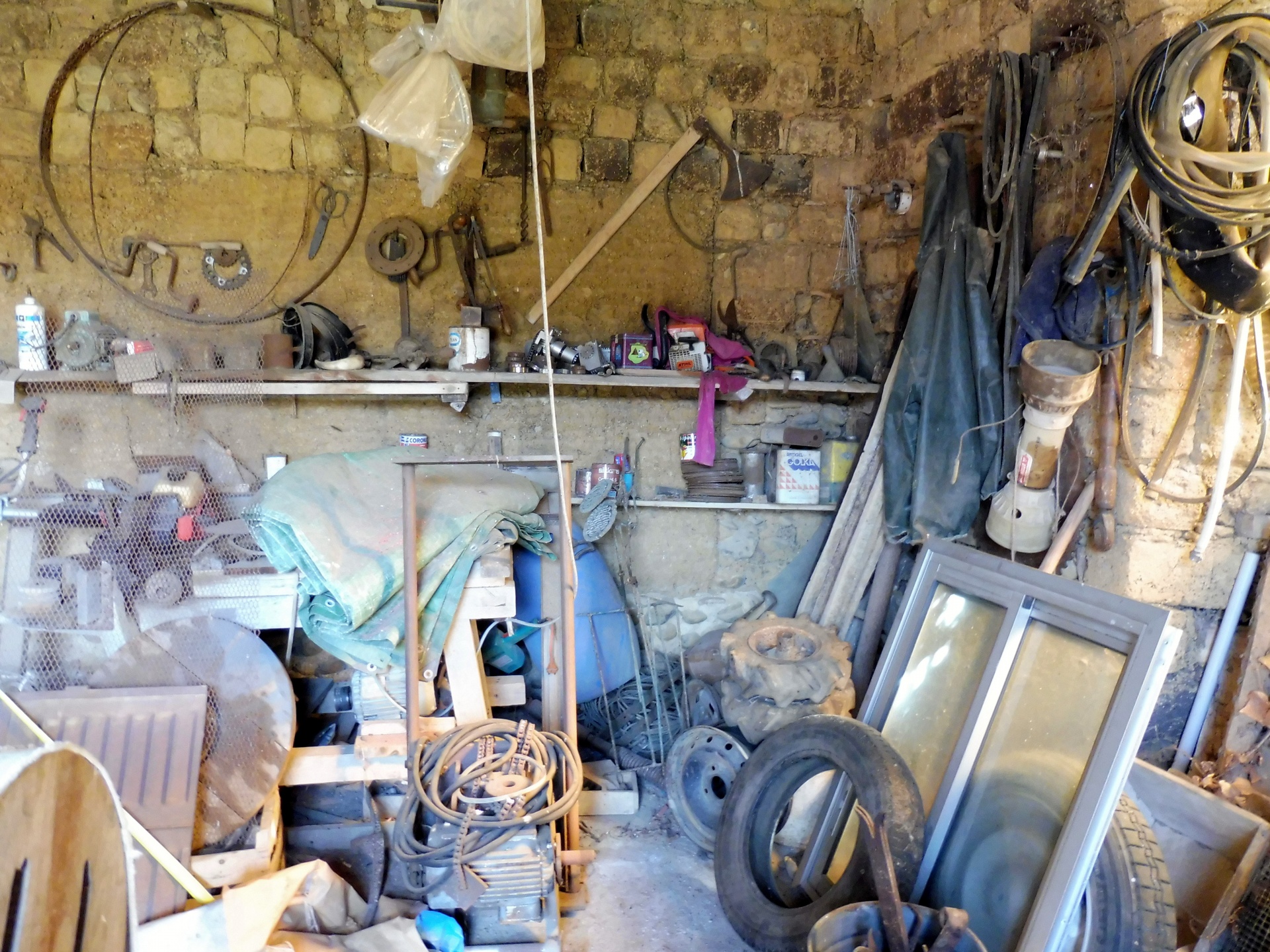Is your couch starting to feel more like a hammock than a comfortable place to relax? We’ve all been there. Over time, even the sturdiest of couches can begin to sag, making your favorite spot less inviting and more of a backache waiting to happen.
Understanding the Causes of a Sagging Couch
A sagging couch can develop due to multiple factors. Identifying these helps you fix the problem effectively.
Identifying Signs of Wear and Tear
Look for lumps, uneven cushions, or a sunken middle. Examine the couch frame for potential cracks or breaks. Inspect the springs and padding for displaced or damaged parts.

Impact of Usage Patterns on Longevity
Frequent use of one side leads to uneven wear. Sitting in the same spot repeatedly causes quicker sagging. Distribute sitting areas evenly to prolong the couch’s life.
Tools and Materials Needed for Couch Repair
To fix a sagging couch, gather the right tools and materials. Below are essential items needed for effective couch repair.
List of Essential Tools
- Screwdriver: For removing screws from the couch frame.
- Staple Gun: To secure new fabric or webbing.
- Pliers: Handy for removing staples and tacks.
- Measuring Tape: Accurate measurements ensure better fits.
- Wood Glue: Useful for repairing frame joints.
- Hammer: For securing nails and adjusting the frame.
- Utility Knife: Cutting fabric or foam precisely.
- Wrench: Tightening or removing bolts.
- Hardware Stores: Home Depot or Lowe’s carry a variety of tools and supplies.
- Online Retailers: Websites like Amazon offer a wide tool selection.
- Fabric Stores: Jo-Ann or Michaels provide upholstery fabric.
- Foam Suppliers: Specialized stores offer high-density foam for cushions.
- Furniture Stores: IKEA or Pottery Barn sometimes sell repair kits.
Having the correct tools and materials ensures a smooth repair process.
Step-by-Step Guide to Fixing a Sagging Couch
Follow these steps to bring new life to your couch.
Assessing the Damage
Start by removing the cushions. Inspect the frame and springs for cracks, breaks, or bends. Check the padding and fabric for signs of wear. Make note of any damage you find.
Replacing or Reinforcing Springs
If springs are damaged, remove them using pliers. Replace them with new springs of the same size and type. For weak springs, add reinforcing strips using a staple gun to secure them in place.
Adding Support to the Frame
Cut a piece of plywood to fit the size of the seat area. Place it between the frame and cushions for additional support. Secure the plywood to the frame using wood glue and screws. Check the stability by sitting on the couch after the glue dries.
Alternative Repair Solutions
If you’re dealing with a sagging couch, there are various alternative solutions to consider.
Using Plywood for Additional Support
Place plywood under cushions to provide extra support. Cut the plywood to fit the seating area. Remove cushions and lay the plywood flat. Replace cushions. This method helps distribute weight evenly.
When to Consider Professional Upholstery
Professional upholstery may be necessary for significant damage. If frame or springs are beyond repair, it’s time for experts. Contact professional upholsterers for complex issues. They can restore your couch to its original condition.
Preventative Measures for Couch Durability
Proper care can extend a couch’s lifespan. Consider maintenance practices and strategic purchases.
Regular Maintenance Tips
« Discover the Best Car Vacuum: Expert Tips, Real User Reviews, and Top Picks for 2023
10 Best Hand Trucks You Need to Move Heavy Items Effortlessly »
Rotate your cushions weekly. This promotes even wear and prevents sagging. Vacuum the couch frequently to remove dust and debris. Use a fabric protector to repel stains and spills. Tighten any loose legs or screws as needed. Regularly check the frame and springs for early signs of damage.
Choosing the Right Couch for Your Home
Select a couch with a sturdy hardwood frame. Choose high-density foam cushions for longer-lasting support. Opt for durable, easy-to-clean fabric like microfiber or leather. Prioritize couches with a strong spring system for better weight distribution. Ensure the couch fits your space and usage patterns.
Conclusion
Fixing a sagging couch isn’t as daunting as it might seem. By understanding the causes and implementing both preventative measures and repair solutions, you can keep your couch looking and feeling great for years. Remember to rotate your cushions, vacuum regularly, and invest in quality materials when purchasing a new couch. If needed don’t hesitate to seek professional help for those more severe issues. With a little effort and care, your couch can remain a comfortable and stylish centerpiece in your home.





![Heavy-Duty Iron Couch Cushion Support [23” x 68”],Durable Metal Base](https://m.media-amazon.com/images/I/51tq9ya8+LL._SL500_.jpg)



